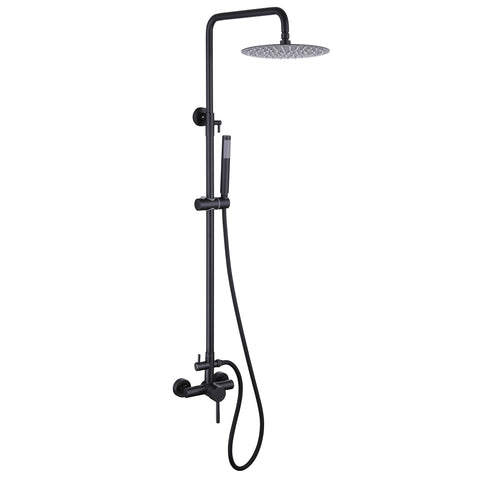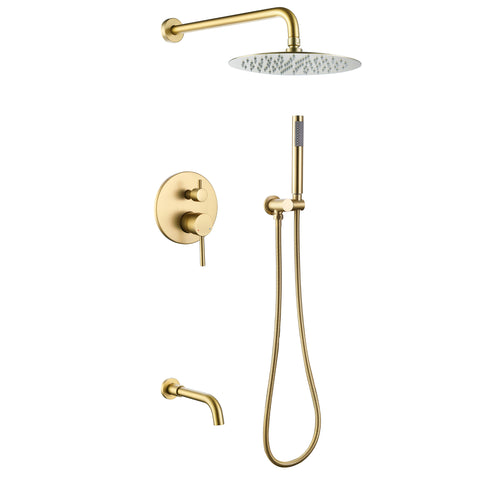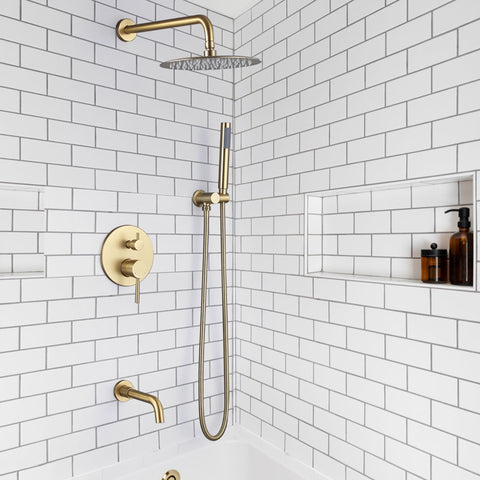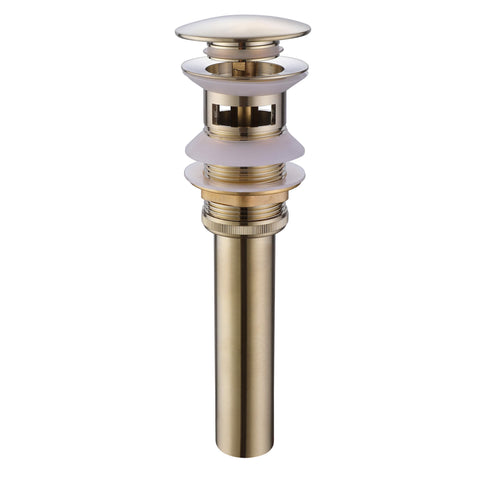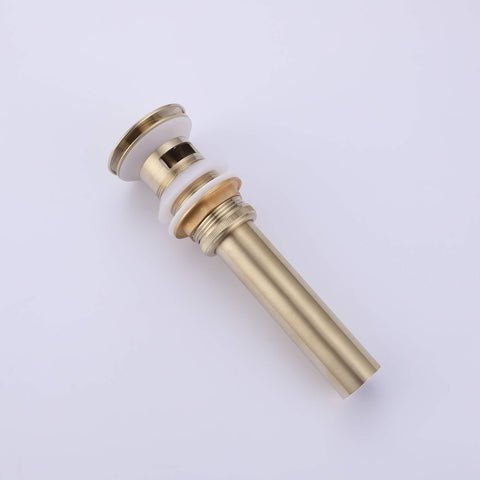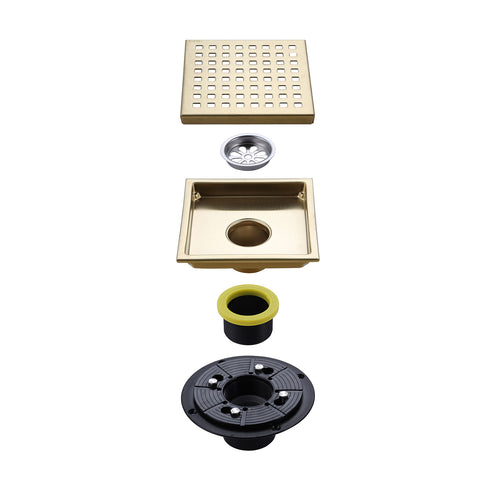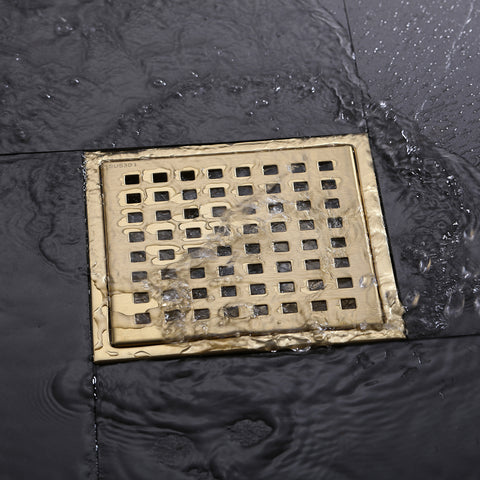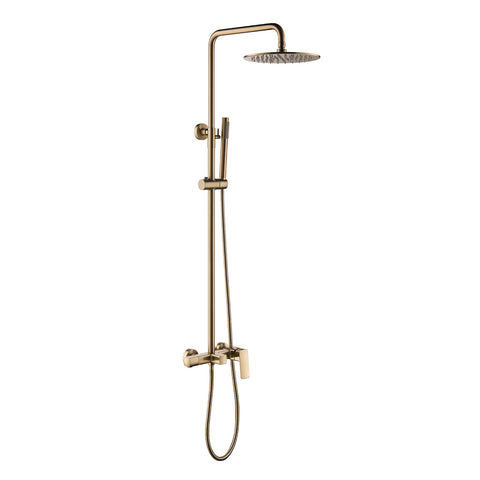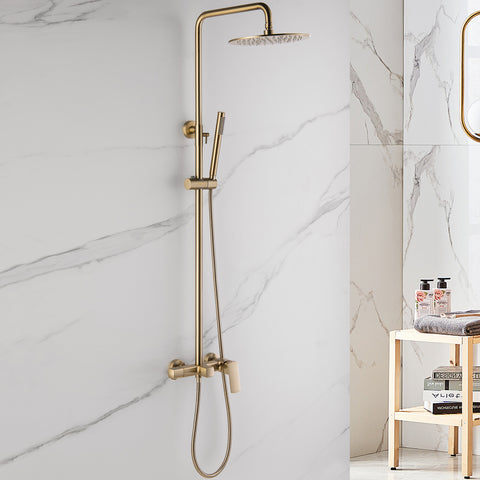How to Fix a Leaking Shower Faucet: Step-by-Step DIY Guide
What Causes a Shower Faucet to Leak?
Before you start, it's helpful to understand what might be causing the leak:
Worn-out washers or O-rings: These small rubber components wear out over time, leading to water seepage.
Faulty cartridges: The cartridge controls water flow and temperature; damage or wear can cause leaking.
Corroded valve seats: Hard water and sediment buildup can damage the metal parts of your faucet.
Loose parts: Over time, nuts, bolts, or other components may loosen and cause a leak.
Once you identify the likely cause, you can move on to the repair process.
Tools and Materials Needed
- Adjustable wrench
- Phillips and flathead screwdrivers
- Allen wrench (if needed)
- Replacement parts (washers, O-rings, or cartridge)
- Plumber's tape (Teflon tape)
- Needle-nose pliers
- Bucket or towels (to catch water)
- White vinegar (for cleaning)
Step-by-Step Guide to Fix a Leaking Shower Faucet
1. Turn Off the Water Supply
Before starting, shut off the water supply to prevent flooding. Most showers do not have individual shutoff valves, so you may need to turn off the main water supply to your home.
2. Cover the Drain
Place a towel or stopper over the drain to prevent small parts from falling into the pipes.
3. Remove the Shower Handle
Use a screwdriver or Allen wrench to remove the screw holding the handle in place. Gently pull off the handle. If it’s stuck due to mineral buildup, apply white vinegar to loosen it.
Tip: Refer to your faucet's manual for specific disassembly instructions if available.
4. Remove the Trim and Access the Valve
Once the handle is off, remove the trim plate (the decorative cover). You may need to unscrew or pry it off carefully. Use an adjustable wrench to access the valve or cartridge behind the trim.
5. Inspect the Washer, O-ring, and Cartridge
O-Rings and Washers: Check for cracks, warping, or wear. Worn-out washers and O-rings are common culprits.
Cartridge: If you have a cartridge-style faucet, inspect it for damage. If it looks worn, replace it.
6. Replace the Faulty Parts
Replace the O-rings, washers, or cartridge as needed. Be sure to use parts that match your faucet model. Apply plumber’s tape around any threads to create a watertight seal.
7. Reassemble the Faucet
Put the valve or cartridge back into place. Reattach the trim plate and the handle. Tighten all screws and ensure everything is secure.
8. Turn the Water Supply Back On
Slowly turn the water supply back on and test the shower faucet for leaks. Let the water run for a minute to ensure proper operation.
What If the Faucet Still Leaks?
If the leak persists after replacing washers, O-rings, or the cartridge, the issue may be more severe, such as a corroded valve seat or a damaged pipe. In this case, you may need to consult a professional plumber for further repairs.
Preventing Future Leaks
- Regularly clean shower parts to remove mineral buildup.
- Avoid overtightening handles, as this can wear out internal components.
- Use water softeners if you live in a hard water area to prevent corrosion.
Conclusion
Repairing a leaking shower faucet is a manageable DIY project that can save you money and prevent water wastage. With the right tools and a little patience, you can restore your faucet to good working order in no time. Remember to regularly maintain your shower components to avoid leaks in the future. If you're ever unsure about a repair, don't hesitate to call in a professional plumber to handle the job.
Happy Fixing!
